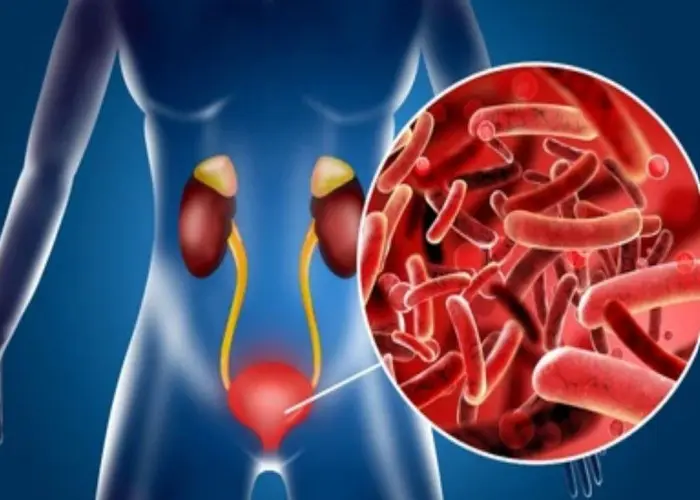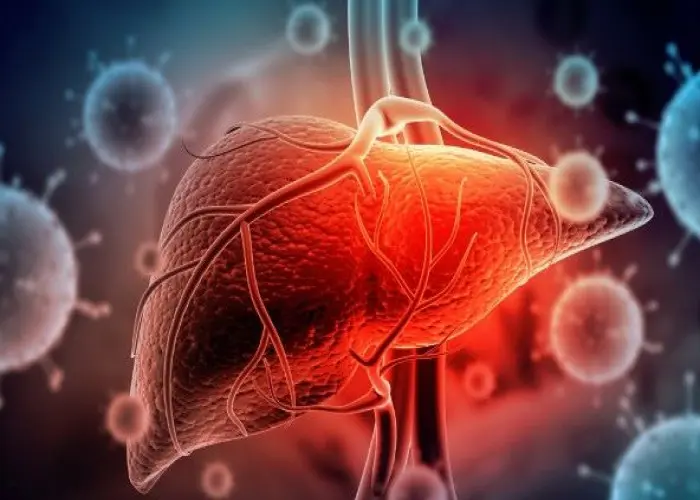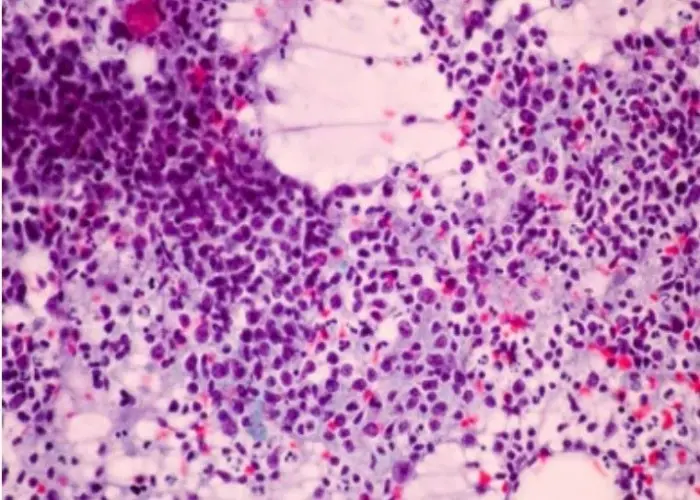 Welcome
Welcome
“May all be happy, may all be healed, may all be at peace and may no one ever suffer."
Tonsillitis

Tonsillitis is an inflammation of the tonsils, which are two oval-shaped masses of tissue located in the back of the throat. It is most commonly caused by a viral or bacterial infection and is a common condition, particularly in children and young adults.
The symptoms of tonsillitis can vary, but may include:
- Sore throat
- Difficulty swallowing
- Swollen tonsils
- Redness or white spots on the tonsils
- Fever
- Headache
- Fatigue
In some cases, tonsillitis can lead to complications, such as abscesses or airway obstruction, particularly in young children.
Treatment for tonsillitis depends on the underlying cause and the severity of the symptoms. In cases of bacterial tonsillitis, antibiotics may be prescribed to help clear the infection. In cases of viral tonsillitis, treatment may focus on managing the symptoms and allowing the body to fight off the infection on its own.
Some common treatments for tonsillitis may include:
- Pain relievers: Over-the-counter pain relievers, such as acetaminophen or ibuprofen, may be used to help manage the pain and fever associated with tonsillitis.
- Gargling: Gargling with warm salt water may help soothe a sore throat and reduce inflammation.
- Rest and fluids: Getting plenty of rest and staying hydrated can help the body fight off the infection and promote healing.
- Surgery: In some cases, particularly for chronic or severe cases of tonsillitis, a tonsillectomy may be recommended to remove the tonsils.
It is important to seek medical attention if you experience persistent symptoms of tonsillitis, particularly if you have difficulty breathing, swallowing, or speaking. Early diagnosis and treatment can help prevent complications and promote faster healing.
Research Papers
Disease Signs and Symptoms
- Inflamed or swollen tonsils
- White or yellow coating or patches on the tonsils
- Weakness
- Headaches
- Stiff neck
- Neck pain
- Bad breath (halitosis)
- Fever
- Difficulty swallowing (dysphagia)
- Sore throat
- Yellow coating on tongue
- Enlarged, tender glands (lymph nodes) in the neck
Disease Causes
Tonsillitis
Tonsillitis is most often caused by common viruses, but bacterial infections also can be the cause.
The most common bacterium causing tonsillitis is Streptococcus pyogenes (group A streptococcus), the bacterium that causes strep throat. Other strains of strep and other bacteria also may cause tonsillitis.
Why do tonsils get infected?
The tonsils are the immune system's first line of defense against bacteria and viruses that enter your mouth. This function may make the tonsils particularly vulnerable to infection and inflammation. However, the tonsil's immune system function declines after puberty — a factor that may account for the rare cases of tonsillitis in adults.
Disease Prevents
Tonsillitis
The germs that cause viral and bacterial tonsillitis are contagious. Therefore, the best prevention is to practice good hygiene. Teach your child to:
- Wash his or her hands thoroughly and frequently, especially after using the toilet and before eating
- Avoid sharing food, drinking glasses, water bottles or utensils
- Replace his or her toothbrush after being diagnosed with tonsillitis
To help your child prevent the spread of a bacterial or viral infection to others:
- Keep your child at home when he or she is ill
- Ask your doctor when it's all right for your child to return to school
- Teach your child to cough or sneeze into a tissue or, when necessary, into his or her elbow
- Teach your child to wash his or her hands after sneezing or coughing
Disease Treatments
At-home care
Whether tonsillitis is caused by a viral or bacterial infection, at-home care strategies can make your child more comfortable and promote better recovery.
If a virus is the expected cause of tonsillitis, these strategies are the only treatment. Your doctor won't prescribe antibiotics. Your child will likely be better within seven to 10 days.
At-home care strategies to use during the recovery time include the following:
- Encourage rest. Encourage your child to get plenty of sleep.
- Provide adequate fluids. Give your child plenty of water to keep his or her throat moist and prevent dehydration.
- Provide comforting foods and beverage. Warm liquids — broth, caffeine-free tea or warm water with honey — and cold treats like ice pops can soothe a sore throat.
- Prepare a saltwater gargle. If your child can gargle, a saltwater gargle of 1/2 teaspoon (2.5 milliliters) of table salt to 8 ounces (237 milliliters) of warm water can help soothe a sore throat. Have your child gargle the solution and then spit it out.
- Humidify the air. Use a cool-air humidifier to eliminate dry air that may further irritate a sore throat, or sit with your child for several minutes in a steamy bathroom.
- Offer lozenges. Children older than age 4 can suck on lozenges to relieve a sore throat.
- Avoid irritants. Keep your home free from cigarette smoke and cleaning products that can irritate the throat.
- Treat pain and fever. Talk to your doctor about using ibuprofen (Advil, Children's Motrin, others) or acetaminophen (Tylenol, others) to minimize throat pain and control a fever. Low fevers without pain do not require treatment.
- Unless aspirin is prescribed by a doctor to treat a particular disease, children and teenagers should not take aspirin. Aspirin use by children to treat symptoms of cold or flu-like illnesses has been linked to Reye's syndrome, a rare but potentially life-threatening condition.
Antibiotics
If tonsillitis is caused by a bacterial infection, your doctor will prescribe a course of antibiotics. Penicillin taken by mouth for 10 days is the most common antibiotic treatment prescribed for tonsillitis caused by group A streptococcus. If your child is allergic to penicillin, your doctor will prescribe an alternative antibiotic.
Your child must take the full course of antibiotics as prescribed even if the symptoms go away completely. Failure to take all of the medication as directed may result in the infection worsening or spreading to other parts of the body. Not completing the full course of antibiotics can, in particular, increase your child's risk of rheumatic fever and serious kidney inflammation.
Talk to your doctor or pharmacist about what to do if you forget to give your child a dose.
Surgery
Surgery to remove tonsils (tonsillectomy) may be used to treat frequently recurring tonsillitis, chronic tonsillitis or bacterial tonsillitis that doesn't respond to antibiotic treatment. Frequent tonsillitis is generally defined as:
- At least seven episodes in the preceding year
- At least five episodes a year in the past two years
- At least three episodes a year in the past three years
A tonsillectomy may also be performed if tonsillitis results in difficult-to-manage complications, such as:
- Obstructive sleep apnea
- Breathing difficulty
- Swallowing difficulty, especially meats and other chunky foods
- An abscess that doesn't improve with antibiotic treatment
A tonsillectomy is usually done as an outpatient procedure, unless your child is very young, has a complex medical condition or if complications arise during surgery. That means your child should be able to go home the day of the surgery. A complete recovery usually takes seven to 14 days.
Disease Diagnoses
Disease Allopathic Generics
-
Phenoxymethyl Penicillin [Penicillin V]
Medicines containing phenoxymethyl penicillin in early diagnosis or mild inflammation.
Adults 1/2 pill 250 mg 30 minutes before meals 4 times a day before meals or 2 pills in the morning and 2 pills at night.
-
Oxytetracycline
Drugs containing oxytetracycline in moderate inflammation.
Adults take 1/2 capsule 6 hours every 5/7 days.
-
Ampicillin Sodium
1 capsule every 6 hours for 5/7 days.
-
Amoxicillin Trihydrate
1 pill 3 times a day for 5/7 days.
-
Cephalexin
Adults 1 1/2 teaspoon every 6 hours (boys and girls 3 times a day).
-
Cotrimoxazole
1 capsule every 6 hours or 500 mg capsule every 12 hours for 5-7 days.
-
Azithromycin Dihydrate
According to age, every 1 pill is 1 spoon for 5 days.
-
Flucloxacillin Sodium
1 a day at night 3/4 times after meals, 7 days.
-
Paracetamol
For sore throat.
1 pill 2/3 times a day, 3/4 days. Not necessary in all cases.
-
Vitamin C [Ascorbic acid]
1 pill should be sucked twice a day.
-
Multivitamin & Multimineral
1 time every morning after breakfast.
Disease Ayurvedic Generics
Disease Homeopathic Generics
Disease yoga
Tonsillitis and Learn More about Diseases

Nail fungus

Frostbite

Cystitis

Alzheimers disease

Hepatitis A

Klinefelter syndrome

Chronic granulomatous disease

Bird flu (avian influenza)
tonsillitis, টনসিলাইটিস
To be happy, beautiful, healthy, wealthy, hale and long-lived stay with DM3S.
